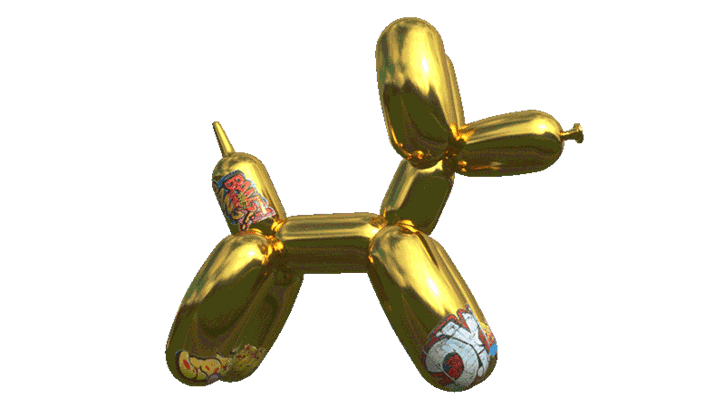Public Art in Augmented Reality
By TH!NK by IBI
Date
October 9, 2017This week Snapchat launched a virtual public art installation in tourist hot spots around the globe. The company has digitized iconic American artist Jeff Koons greatest works and, with help from their location-based 3D augmented reality platform, placed them in the fountains at Toronto’s Roundhouse Park, outside the Sydney opera house, and along the Champs de Mars in Paris. Local users can engage with the art work and experience it in real size and on location all through their phone screens. A video with the artist explains the creative intent and shows the platform in action:
Not everyone is sold on this idea, however. A New York-based artist, Sebastian Errazuriz, expressed concern with the “intrusion” of corporate life into public space. His response was to digitally vandalize Koon’s ‘Balloon Dog’ in Central Park and upload his creation, geotagged to the same area, on another independent augmented reality platform. He says,
“If Snapchat X Jeff Koons [is] the first to create a geo-tagged augmented reality artwork, we will be the first to vandalise it as a way to question its legitimacy.”

With rapidly developing augmented reality technologies, it’s important to start asking the question “who owns virtual public space?” What tools do we have to manage a public virtual realm and how can we proactively ensure that these tools add value, rather than being a free-for-all for things like advertising?
Photo by Sebastien Gabriel on Unsplash







